The Green New Deal—From Below
It’s a base for countering Trump’s destructive policies.
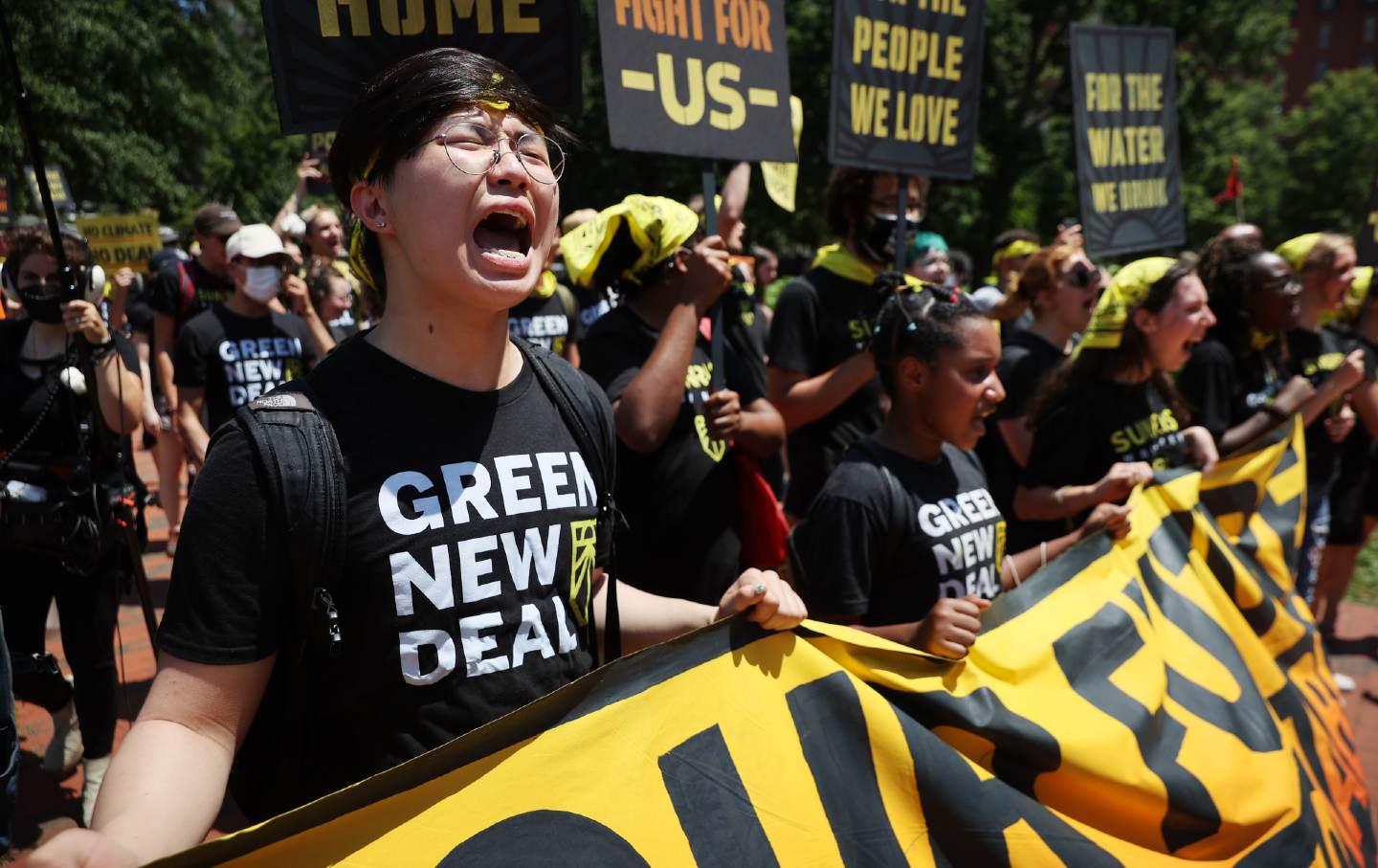
While the Green New Deal has languished for five years in Congress, community groups, unions, city and state governments, tribes, and others outside the federal arena have been creating their own Green New Deal programs—from below. This Green New Deal from Below can provide a critical base for fighting back against Trump’s destructive policies.
As a historian of social movements, I am always alert for signs that new forms of action may foreshadow new forms of organization and action by ordinary people. The Green New Deal from Below has all the hallmarks of such a development. My new book, The Green New Deal from Below, details more than a hundred such initiatives in more than 40 states. I believe this development can make a significant contribution to providing inspiration and building power in the coming Trump era.
Some of these initiatives have names like “The Boston Green New Deal” and “The Green New Deal for Education”; others don’t use the label but follow the same principles. For example:
• In Boston, the city’s Green New Deal provided free, healthy breakfasts, lunches, and snacks for the city’s 50,000 public school students, produced by a Black- and worker-owned co-op in one of the city’s poorest communities.
• In a Chicago neighborhood threatened by gentrification, residents protested destructive development—and in response, the city tore down a parking lot and put up affordable housing in its place.
• In West Virginia, the Mineworkers Union recruited unemployed coal miners to work at a new battery plant designed to help expand solar energy.
• In Los Angeles, the city’s Green New Deal in its first three years reduced climate-destroying emissions by 36 percent below the 1990 level. Green New Deal policies will generate 97 percent of the city’s energy with renewables by 2030.
• In Mississippi, the state is subsidizing rooftop solar, including rebates for low- and middle-income customers and incentives for solar-powering schools.
Green New Deals in cities like Boston and Los Angeles are reducing the greenhouse gases that are destroying our climate. They are creating jobs that protect the climate and training workers to fill them. They are mobilizing city resources to reduce poverty. They are investing in climate-protecting buildings and technologies in low-income neighborhoods. They are expanding cheap or free public transit to reconnect isolated neighborhoods, provide people who lack cars with access to jobs, and reduce greenhouse gas pollution.
In states like Illinois, California, and New York, Green New Deal–style programs are shifting major resources to climate-safe energy development. Illinois has set targets for greenhouse gas reduction and schedules for shutting down fossil fuel–producing and using facilities—and is implementing them. California is reducing fossil fuel use by increasing the energy efficiency of buildings, transportation, agriculture, and other energy users and investing in infrastructure to correct historical injustices like polluting facilities concentrated in poor communities. New York is creating jobs in the green economy with high labor rights and standards and providing job training, jobs, and job ladders for people who have been marginalized in the labor market.
Unions like the International Brotherhood of Electrical Workers are promoting programs to expand renewable energy production, building coalitions to support them, training the workers needed to realize them, and monitoring the results to ensure that they produce good union jobs. Unions of educators and nurses are fighting for—and winning—green schools and hospitals.
Green New Deal from Below actions aim to make concrete changes that make a difference in people’s daily lives—whether through shutting down a polluting coal-fired power plant in an asthma-stricken community in Massachusetts or providing free transit or free bicycles for young people in the state of Washington.
With the national ascendancy of Trump and the Republicans, we can still establish Green New Deal cities like Boston that reduce greenhouse gasses and protect poor and minority communities against both climate change and environmental racism. Like Chicago, we can still put up affordable, climate-protecting housing and link it to affordable, climate-protecting transit. As was done in West Virginia, we can help workers shift from fossil fuel extraction and burning to jobs expanding renewable energy. And as in Los Angeles, energy use can be shifted from fossil fuels to renewables—thereby saving money while protecting the climate and the health of poor communities. And as in Mississippi, state policies can expand climate-protecting solar energy in ways that especially benefit low- and middle-income customers and public services like schools.
The Green New Deal from Below can contribute to outflanking an authoritarian national government. To resist and eventually overcome such forces, we need to create bastions of what the Polish activists who overthrew their country’s dictatorship in 1989 called “social self-defense.” That will involve many methods, including mutual aid, on-the-ground protection of those under attack, combating lies and slanders, and many others. Green New Deal from Below initiatives can be a critical component of this social self-defense.
Popular
“swipe left below to view more authors”Swipe →We cannot back down
We now confront a second Trump presidency.
There’s not a moment to lose. We must harness our fears, our grief, and yes, our anger, to resist the dangerous policies Donald Trump will unleash on our country. We rededicate ourselves to our role as journalists and writers of principle and conscience.
Today, we also steel ourselves for the fight ahead. It will demand a fearless spirit, an informed mind, wise analysis, and humane resistance. We face the enactment of Project 2025, a far-right supreme court, political authoritarianism, increasing inequality and record homelessness, a looming climate crisis, and conflicts abroad. The Nation will expose and propose, nurture investigative reporting, and stand together as a community to keep hope and possibility alive. The Nation’s work will continue—as it has in good and not-so-good times—to develop alternative ideas and visions, to deepen our mission of truth-telling and deep reporting, and to further solidarity in a nation divided.
Armed with a remarkable 160 years of bold, independent journalism, our mandate today remains the same as when abolitionists first founded The Nation—to uphold the principles of democracy and freedom, serve as a beacon through the darkest days of resistance, and to envision and struggle for a brighter future.
The day is dark, the forces arrayed are tenacious, but as the late Nation editorial board member Toni Morrison wrote “No! This is precisely the time when artists go to work. There is no time for despair, no place for self-pity, no need for silence, no room for fear. We speak, we write, we do language. That is how civilizations heal.”
I urge you to stand with The Nation and donate today.
Onwards,
Katrina vanden Heuvel
Editorial Director and Publisher, The Nation
More from The Nation
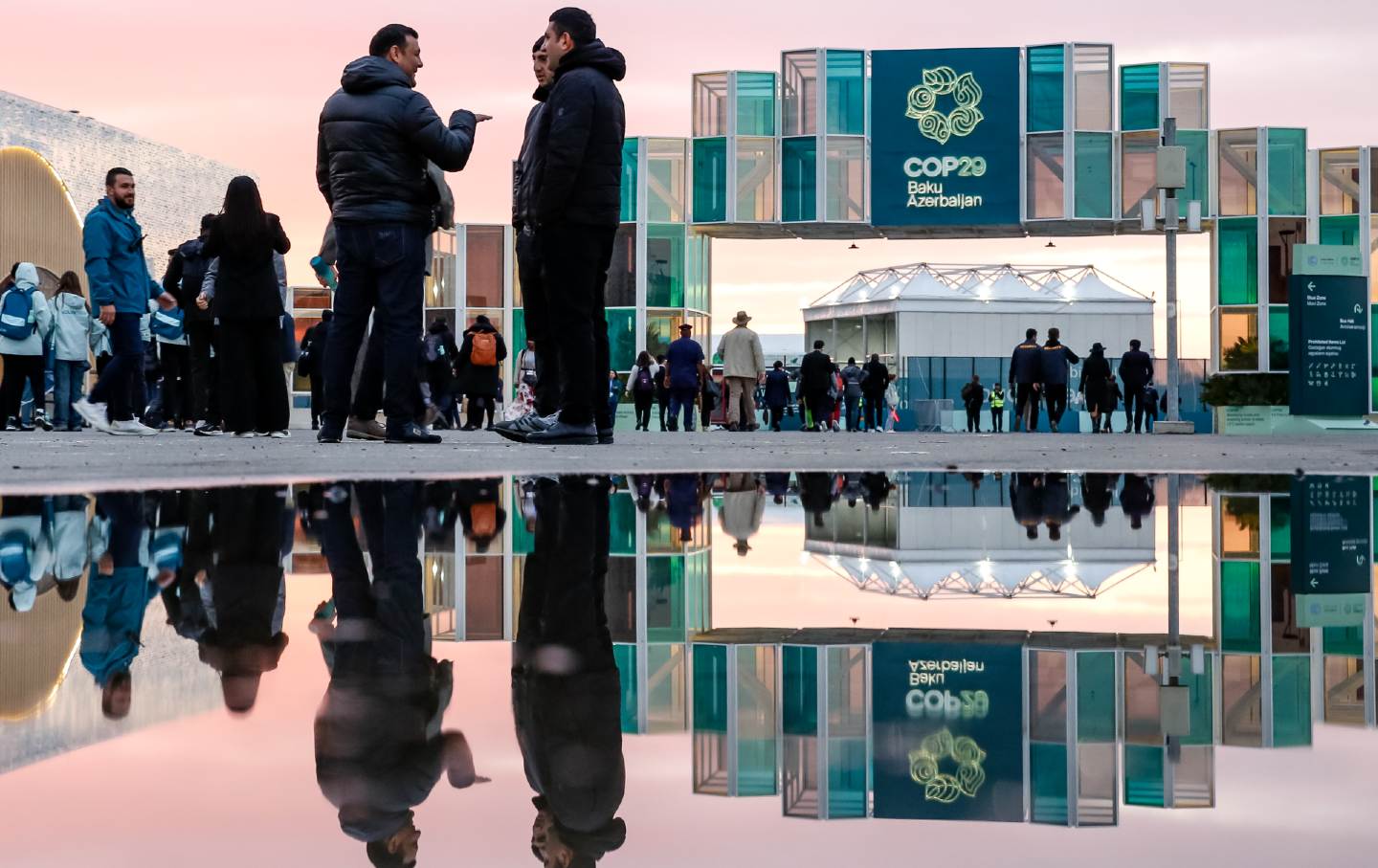
The “Dark Joke” of Having a Climate Summit in Azerbaijan The “Dark Joke” of Having a Climate Summit in Azerbaijan
COP29 in Baku reveals the contradictions of having climate negotiations in a petro-state.
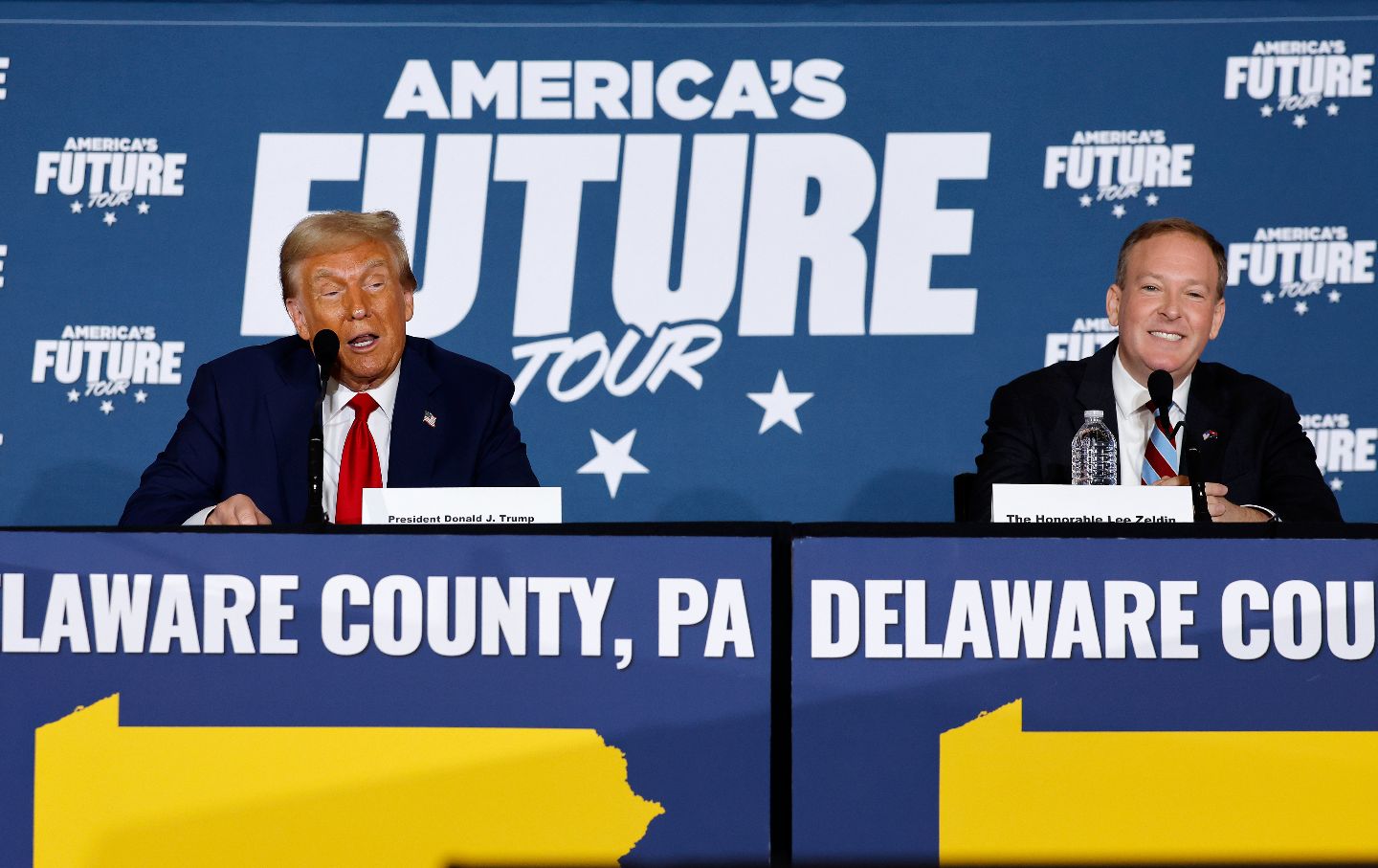
Why Trump Picked Lee Zeldin to Lead the Environmental Protection Agency Why Trump Picked Lee Zeldin to Lead the Environmental Protection Agency
With a Republican majority in Congress and Zeldin promising to “deregulate” the EPA, the new Trump administration will prioritize fossil fuel interests over environmental protecti...
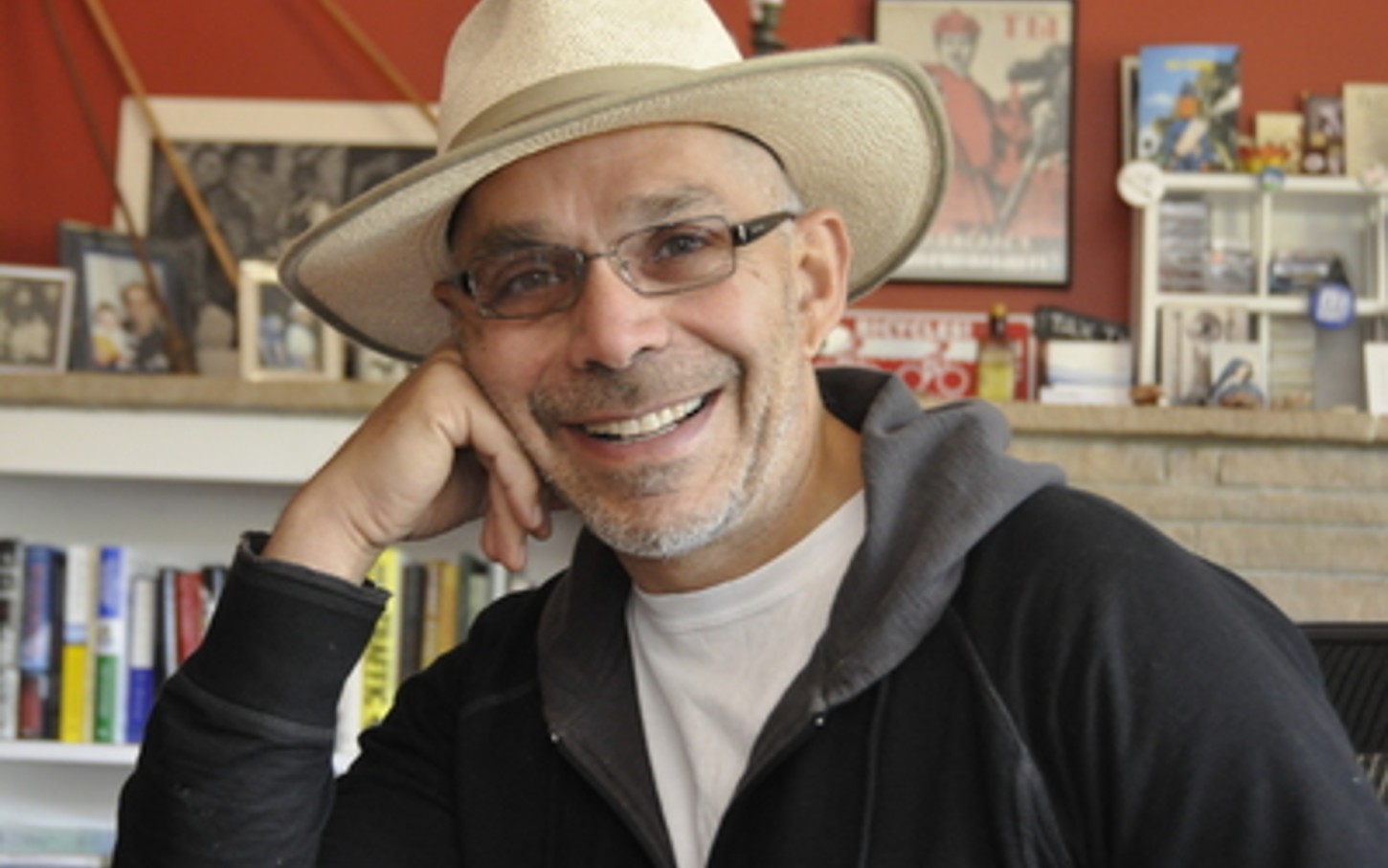
Climate Realism (Still) Means Climate Justice Climate Realism (Still) Means Climate Justice
An interview with Tom Athanasiou on where climate geopolitics goes from here, and why unlocking trillions in climate finance is an “existential necessity.”
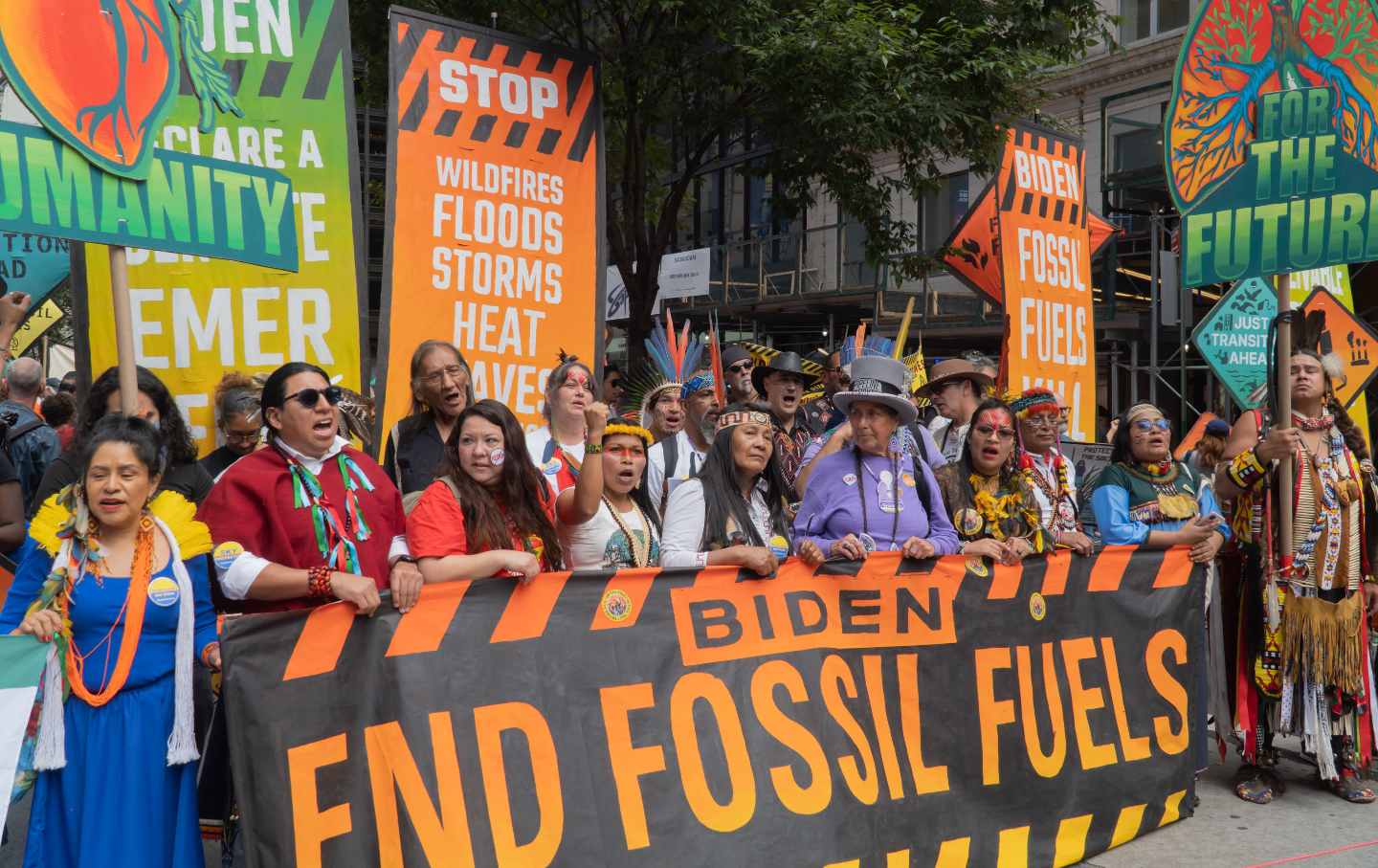
Anti-Protest Laws Won’t Silence Climate Activists Anti-Protest Laws Won’t Silence Climate Activists
Still, punitive measures against climate protest are reaching new extremes.
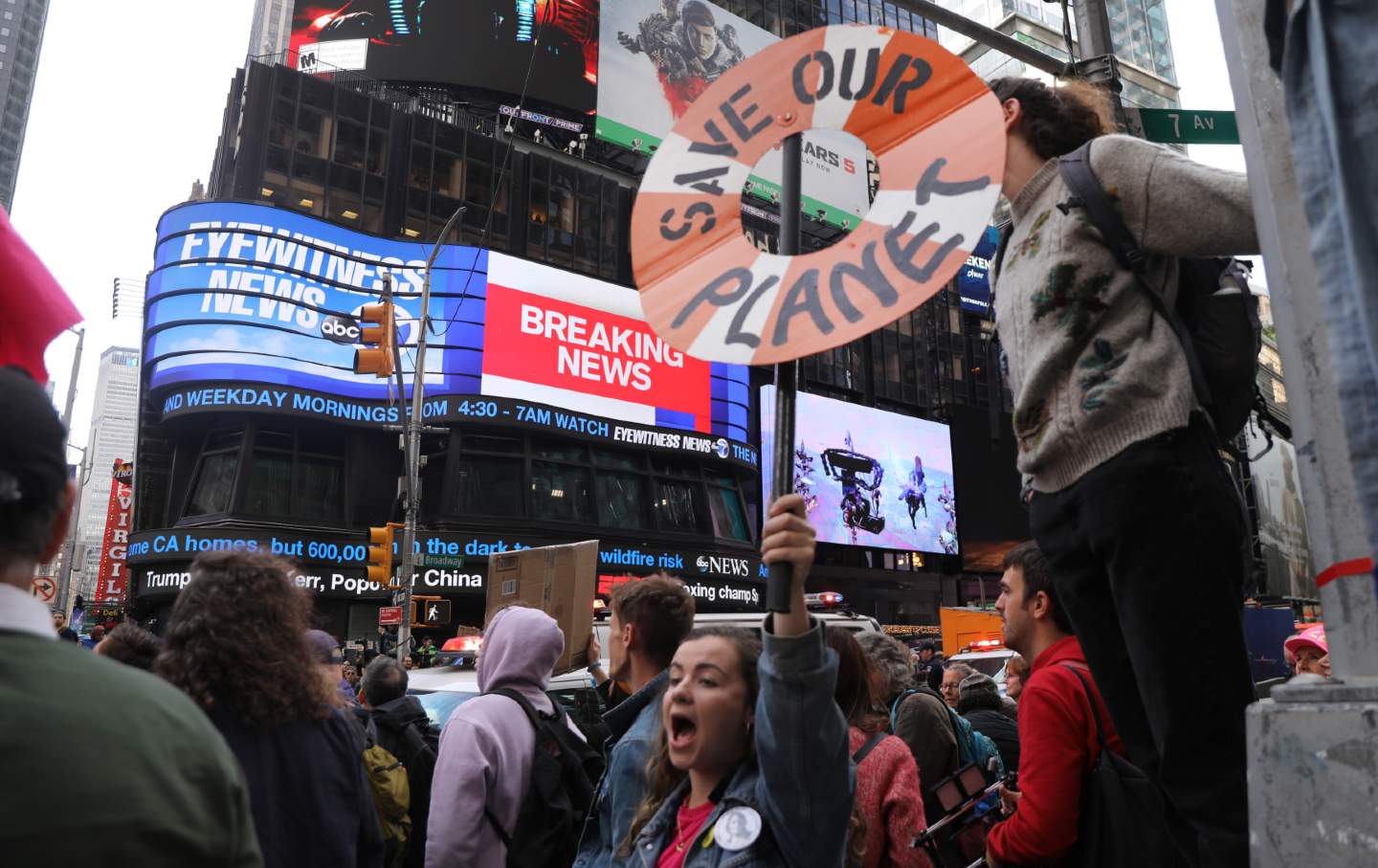
Journalists Must Rethink Our Fear of Taking Sides Journalists Must Rethink Our Fear of Taking Sides
The media often acts as if identifying threats or naming falsehoods are acts of partisanship. They are not. They are journalism.
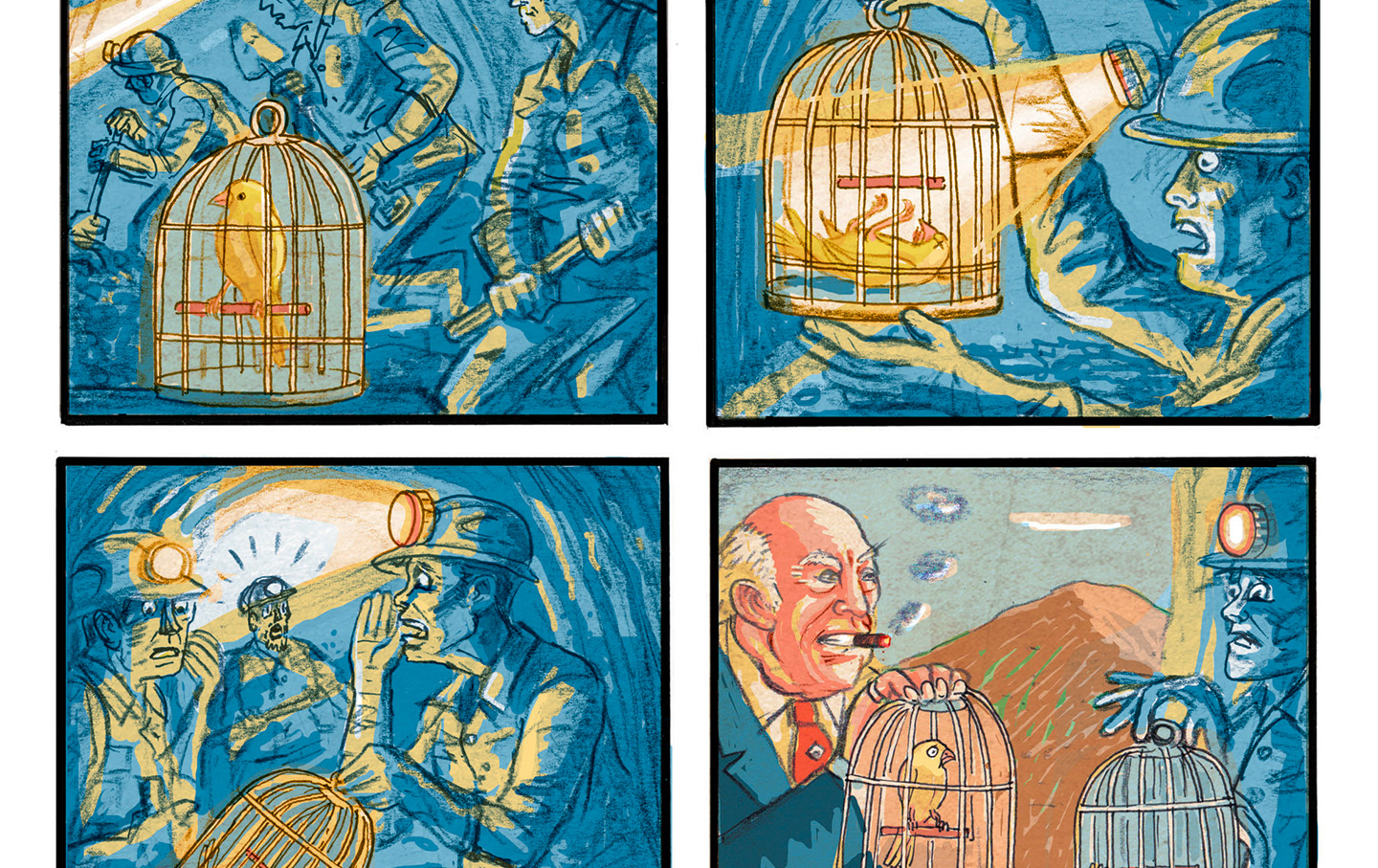
Canary in a Coal Mine Canary in a Coal Mine
Ignore floods, hurricanes, wild fires! There are profits to be made!


